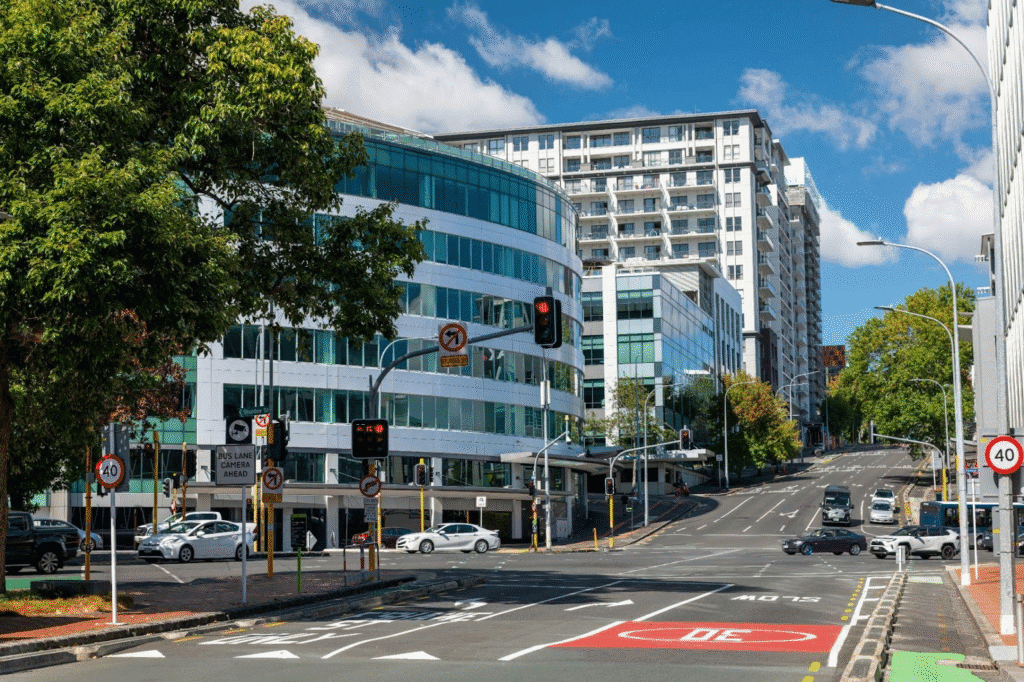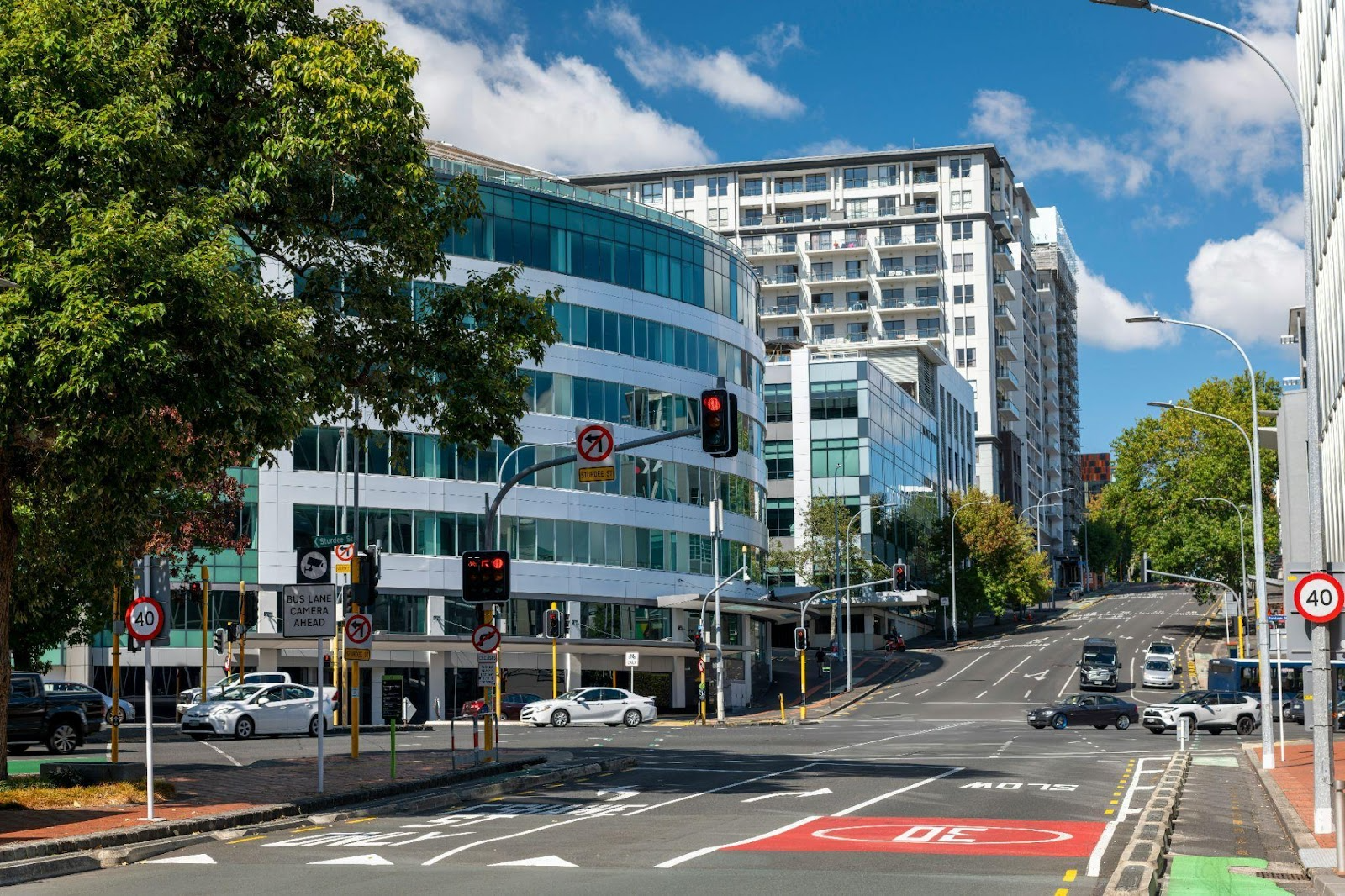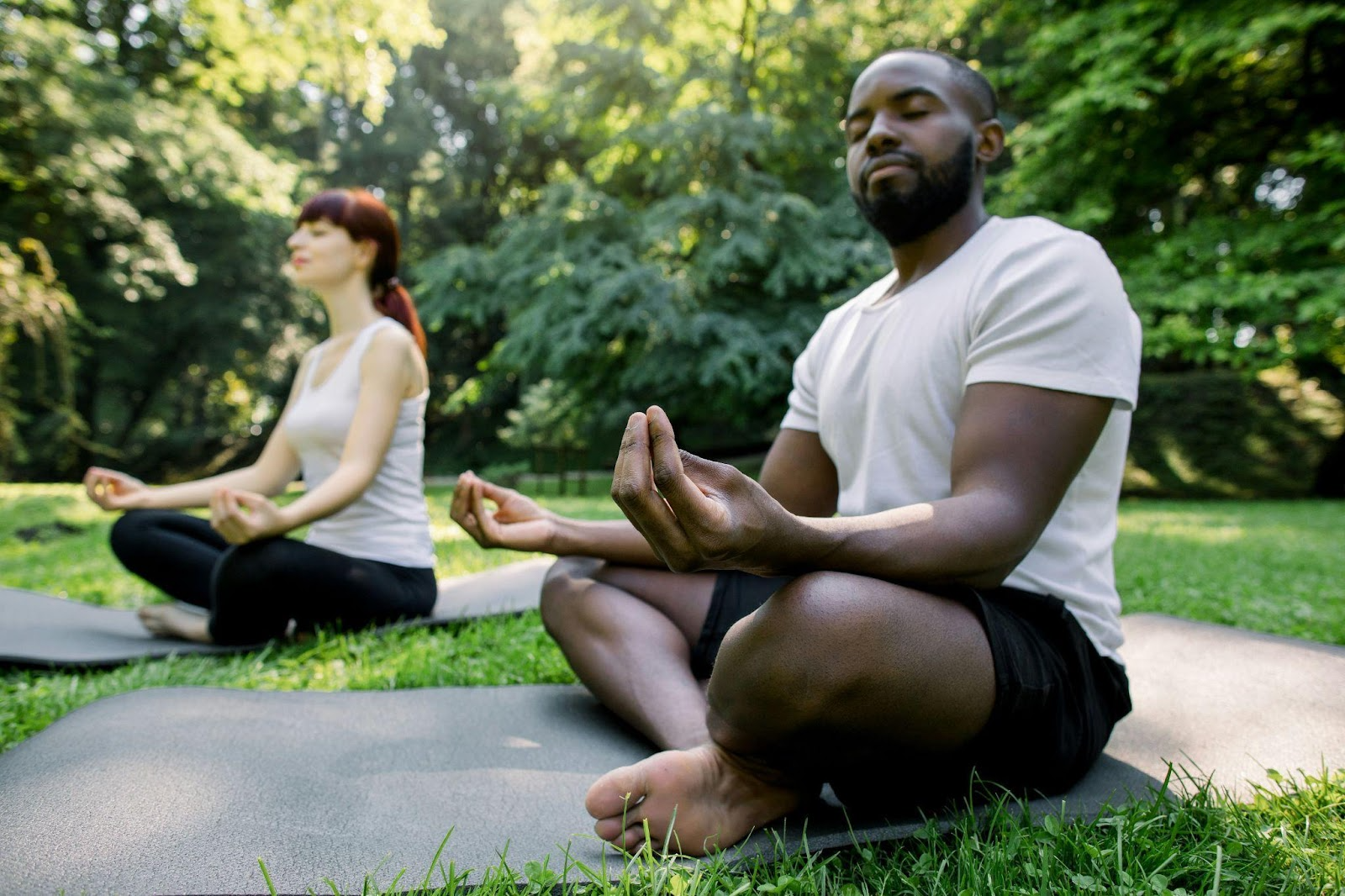In a world where cities are growing denser and lifestyles are becoming faster, the idea of home and community is evolving at an unprecedented pace. Today, finding balance in city life is no longer just about having a place to sleep, it’s about how our environments shape wellness, creativity, and connection. Platforms like Urban Living highlight how modern spaces, from smart apartments that maximize limited square footage to community hubs designed for collaboration, are redefining what it means to thrive in an urban setting. The future of city life is rewriting the rules of modern culture.
The Shifting Definition of “Home” in the Modern City
For decades, cities were often seen as concrete jungles, places of opportunity but not necessarily of comfort. That image is quickly changing. Architects and designers are increasingly prioritizing livability over sheer density, transforming compact apartments into functional sanctuaries.
Features such as multifunctional furniture, modular walls, and built-in smart technology allow small spaces to feel expansive and intuitive. These innovations don’t just maximize space; they reshape the way people live, turning homes into ecosystems where work, leisure, and self-care coexist seamlessly.
Technology as the Backbone of Urban Life
One of the most powerful forces driving the future of urban spaces is technology. Smart homes are becoming standard rather than a luxury, equipped with automated lighting, energy-efficient appliances, and AI-driven systems that anticipate daily needs.
Even beyond individual homes, cities themselves are adopting smart infrastructure, sensor-driven traffic systems, energy-efficient public transportation, and digitally connected public spaces. According to a report from the World Bank, more than half the world’s population now lives in urban areas, and the number is expected to rise dramatically in the coming decades. This growth demands smarter, greener, and more adaptable urban planning.
The Wellness-Centric City
Wellness has become a priority for modern residents, reshaping how urban spaces are designed. The traditional gym in an apartment complex is no longer enough. Instead, developers are integrating holistic wellness into design, think rooftop meditation gardens, biophilic interiors, and walking-friendly neighborhoods.
Greenery is no longer a decorative afterthought but a core part of city planning. Vertical gardens, indoor plant systems, and community parks are being woven into the urban fabric to combat pollution and support mental health. The integration of wellness into everyday living environments means that city residents don’t have to leave home, or even their building, to find balance.
Work, Play, and Community Under One Roof
Another significant trend in city living is the blending of work, play, and community within shared environments. The rise of remote work has fueled demand for co-living and co-working spaces that merge professional and social lives.
Buildings are increasingly designed with communal kitchens, lounges, and rooftop spaces that encourage interaction among residents. These shared environments not only maximize resources but also help create a sense of belonging, countering the isolation often associated with city life.
As a result, urban living is becoming less about individual units and more about integrated communities that foster collaboration and connection.
Compact Living with a Big Impact
One of the most fascinating aspects of future urban design is the embrace of compact living. Rather than resisting limited space, designers are reimagining it as an opportunity for innovation.
Tiny apartments outfitted with foldable furniture, retractable beds, and convertible workstations showcase how efficiency can meet style. Far from feeling restrictive, these spaces empower residents to live intentionally, curating their homes to fit their unique lifestyles.
This design philosophy reflects a broader cultural shift: people no longer equate success with owning expansive homes. Instead, the value lies in how space supports flexibility, creativity, and personal growth.
Sustainability at the Core
Sustainability is not just a buzzword, it’s the foundation of future city living. From energy-efficient buildings to eco-conscious construction materials, cities are undergoing a green revolution.
Developers are incorporating solar panels, rainwater harvesting systems, and natural ventilation into building designs. In addition, circular economy principles, where materials are reused and recycled, are influencing how urban projects are planned and executed.
Transportation is also part of the equation. Bike-friendly infrastructure, electric vehicle charging stations, and walkable neighborhoods reduce reliance on fossil fuels while creating healthier communities. These sustainable practices ensure that the growth of cities doesn’t come at the expense of the planet.
The Emotional Side of Urban Spaces
While technology and sustainability play critical roles, the emotional experience of living in a city is equally important. People crave connection, beauty, and meaning in their environments.
Design trends now emphasize natural light, community art, and storytelling through architecture. Murals, shared cultural spaces, and interactive public art help transform otherwise sterile environments into vibrant hubs of creativity.
In many ways, the emotional component of design is what truly redefines city living, spaces are no longer just functional but also enriching, capable of nurturing human spirit and identity.
Challenges Ahead: Affordability and Accessibility
Despite the exciting possibilities, future urban living faces significant challenges. Affordability remains a major issue, with many cities struggling to balance innovation with inclusivity. While high-tech apartments and wellness-focused communities sound ideal, they often come with high price tags.
Policymakers and city planners will need to address issues of accessibility, ensuring that innovation benefits not just the wealthy but also middle- and lower-income residents. Bridging this gap is crucial for creating truly sustainable and equitable cities.
Redefining Lifestyle Culture Through Urban Design
Ultimately, the evolution of city living is about more than architecture or technology, it’s about culture. The way people live, connect, and find meaning in urban environments directly shapes lifestyle trends.
From compact living that prioritizes intentional choices to wellness-centered communities and sustainability-focused designs, the future of urban life reflects a broader cultural movement toward balance, connection, and purpose.
In this context, platforms like Urban Living demonstrate how homes and neighborhoods influence lifestyle in ways that extend beyond four walls. City life is no longer just about surviving the rush, it’s about thriving in an environment built for modern needs.
As cities continue to expand and evolve, the future of urban living promises both opportunities and challenges. What’s clear, however, is that city life will increasingly reflect the values of wellness, sustainability, and community.
Urban design is becoming inseparable from lifestyle culture, shaping not only how people live but also how they feel, connect, and grow. And as cities redefine themselves, so too will the way we understand what it means to call a place “home.”



